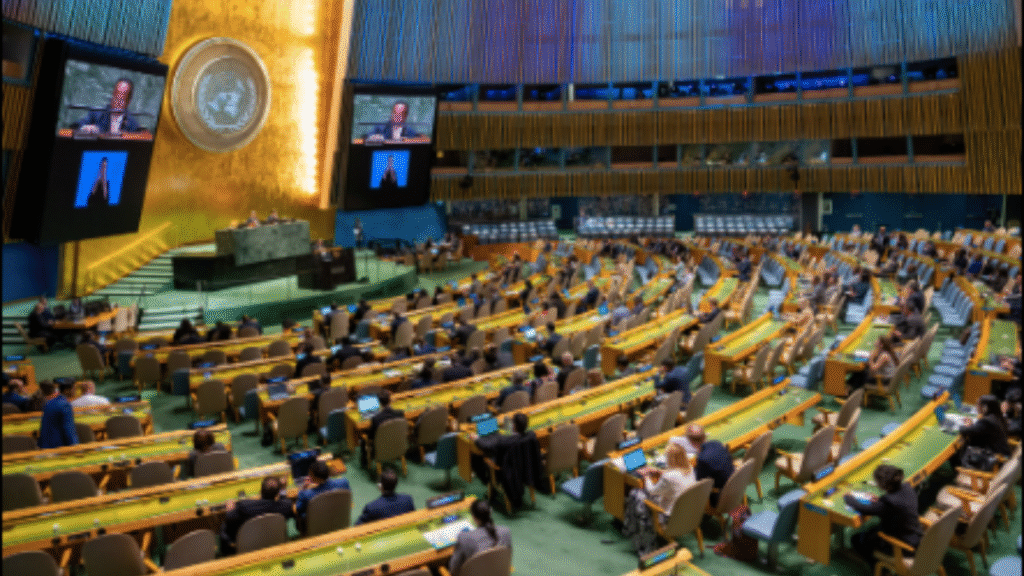
Summary – Pakistan’s announcement of proven oil reserves exceeding 332 million barrels signals a potential shift in South Asia’s energy landscape and global economic dynamics.,
Article –
Pakistan’s recent announcement of proven oil reserves exceeding 332 million barrels, as estimated by the United States Central Intelligence Agency (CIA), marks a potentially transformative moment for South Asia’s energy landscape and global economic dynamics.
Background
Pakistan has long grappled with energy challenges, including dependence on imported oil and frequent shortages that hamper economic growth. The declaration of these proven oil reserves—quantities confirmed through geological and engineering data to be recoverable under current economic and operational conditions—could signify a critical turning point. This achievement follows decades of exploration, enhanced recently by technological advancements and increased foreign investment.
Key actors involved in this development include:
- Pakistan’s Ministry of Energy and Petroleum, leading exploration efforts
- The United States CIA, providing independent reserve estimates
- International oil companies interested in resource exploitation
- Regional stakeholders such as India, China, and Iran, closely monitoring the situation
The Global Impact
Pakistan’s confirmed oil reserves carry broad geopolitical and economic ramifications. Achieving greater energy self-sufficiency may reduce its vulnerability to global oil market fluctuations, thereby boosting economic stability. For the global oil sector, Pakistan represents an emerging frontier that could influence supply routes and pricing.
This discovery arrives amid the world’s ongoing energy transition, where renewables are growing but hydrocarbons still fulfill substantial demand. Pakistan stands uniquely positioned to capitalize on its reserves while pursuing cleaner energy alternatives. Economically, enhanced oil production could lead to:
- Job creation
- Infrastructure development
- Increased government revenue through exports or saving on imports
Regionally, Pakistan’s bolstered energy capabilities may translate into increased influence in negotiations and international forums. Strategic partnerships, particularly under the China-Pakistan Economic Corridor (CPEC), could see significant impacts given their focus on energy security.
Reactions from the World Stage
The international community has responded with cautious optimism. Energy-importing countries foresee potential easing of regional supply constraints, and global energy markets are alert to possible shifts in production dynamics. Neighboring India recognizes the regional implications despite a traditionally cautious stance towards Pakistan.
Environmental and multilateral organizations stress the importance of sustainable extraction practices to minimize environmental damage. Observers also pay close attention to Pakistan’s ability to balance hydrocarbon development with climate commitments, such as those under the Paris Agreement.
Experts note that moving from reserve estimates to commercially viable production involves complex challenges requiring robust governance, a favorable investment climate, advanced technology, and geopolitical stability.
What Comes Next?
Pakistan faces the task of transforming its substantial oil reserves into sustainable economic and strategic benefits. Success hinges on:
- Transparent regulatory frameworks
- Continued investments in exploration and extraction technology
- Integration with a broader energy strategy aligned with global decarbonization goals
Given South Asia’s intricate geopolitics, Pakistan’s energy rise could either promote cooperative development or intensify regional rivalries, depending on diplomatic approaches. The global oil market will monitor its emergence closely, as significant new entrants can notably impact supply-demand balances.
Ultimately, Pakistan’s oil reserves represent both opportunity and challenge: can the country leverage this resource to spur sustainable growth and regional stability? The coming years will be critical in determining the answer.

